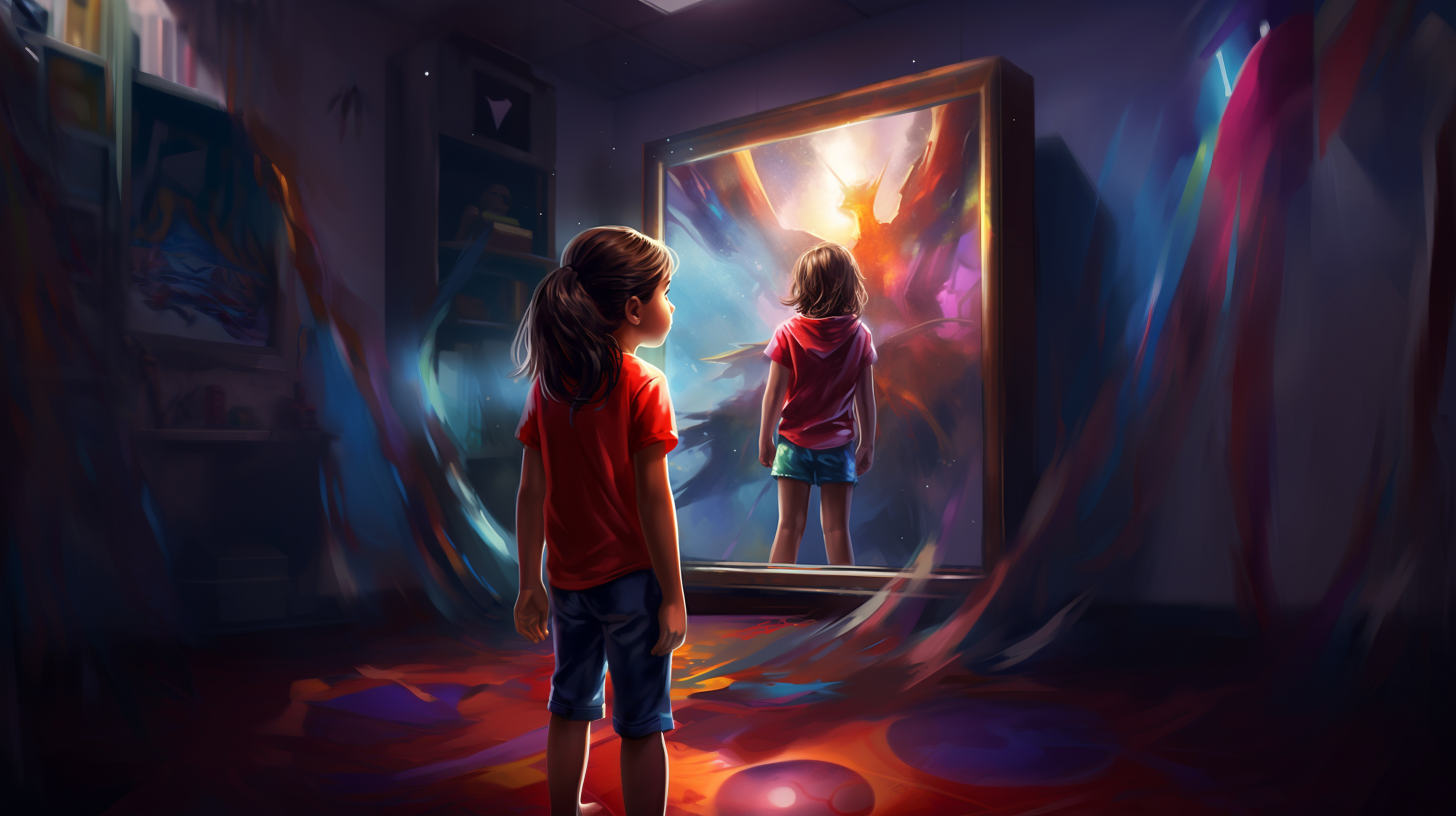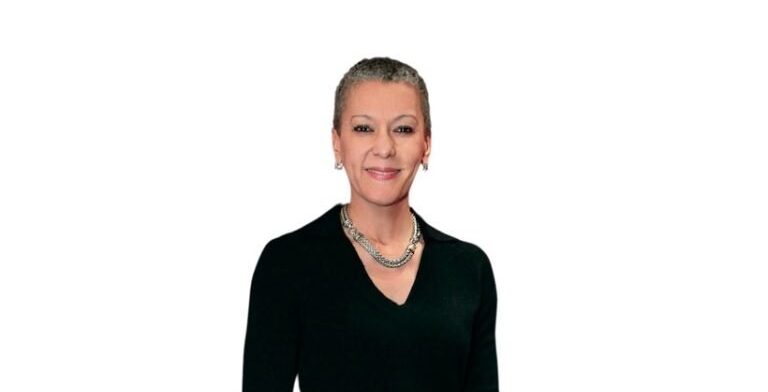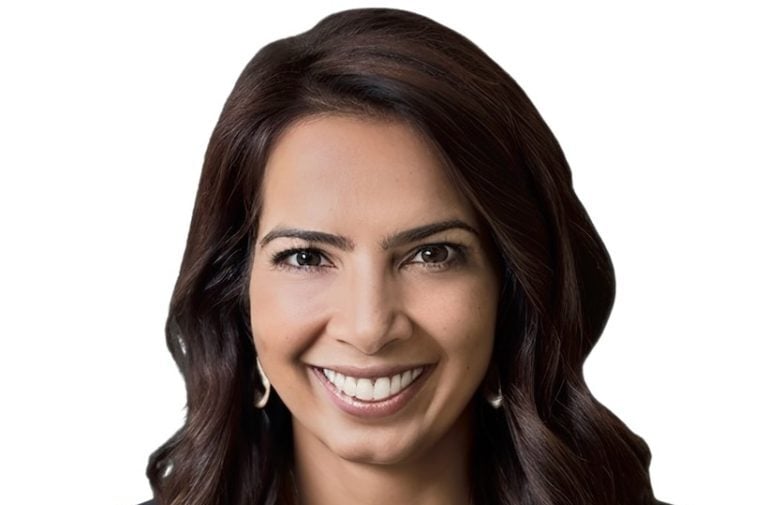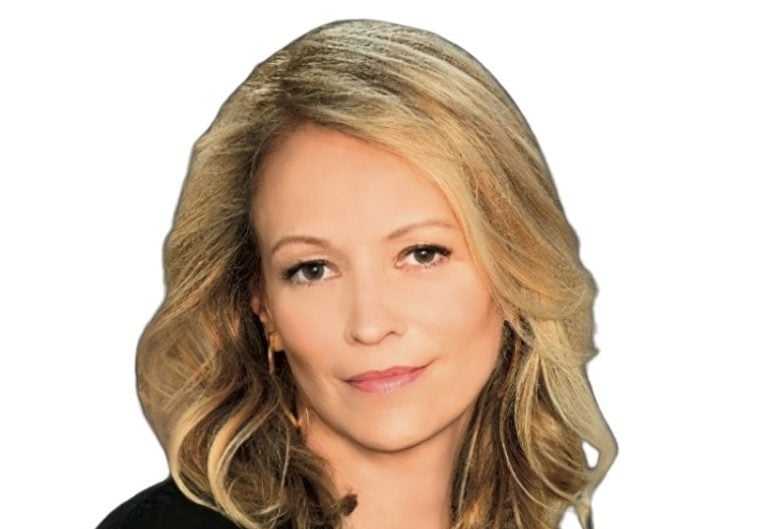The simultaneous release of Greta Gerwig’s “Barbie” and Christopher Nolan’s “Oppenheimer” is a fascinating peek into something big happening in Hollywood. Not only do women-led films consistently gross higher than male-led films, but innovative data collection and artificial intelligence have revealed how wide the gender gap still is—on and off the screen.
In its first week, “Barbie” grossed $162 million. “Oppenheimer” grossed $82 million. “Barbie’s” record-breaking popularity can be chalked up to many factors ranging from nostalgia to marketing to a simple yet relatable obsession with Margot Robbie. But this movie represents something more significant. Whether you hated Barbie or loved her, Gerwig’s reimagining of America’s favorite doll reflects a perspective back at the world that has historically gone unrecognized—the acknowledgment and dismantling of active tropes that make women feel unseen.

The prevalent gender imbalance on-screen is, definitively, a financial misstep. Female-led movies categorically gross higher than movies with a male lead. In 2013, for instance, Disney’s princess-led “Frozen,” grossed 1.282 billion dollars, while the testosterone-pumped “Thor: The Dark World” made 644.8 million.
Yet in 2021, despite the release of movies like “Encanto” and “Black Widow,” men grossly outnumbered women on screen. Dr. Martha Lauzen, executive director of the Center for the Study of Women in Television and Film at San Diego State University, conducted a study in 2022 called “It’s a Man’s (Celluloid) World.” It revealed that 85% of films depicted more male than female characters. Male characters outnumbered female characters by nearly a two-to-one ratio. Additionally, only 31% of the films had female protagonists.
Women-led films grossing higher is not news. Studies conducted by the Creative Artists Agency and Shift7 (a company founded by former United States chief technology officer Megan Smith) found that between 2014 and 2017, movies with female leads outperformed their male-lead counterparts, regardless of the budget category. Whether the films were funded with less than $10 million or more than $100 million, those starring women earned more at the box office. In fact, women-led films made an average of 20% more revenue across all production budgets.


In an industry driven by revenue, it is hard to understand why this on-screen gender disparity is still so common. But systemic bias is not financially objective. Despite progress in closing gender gaps across industries, Hollywood remains a boy’s club.
For 25 years, The Celluloid Ceiling has painstakingly tracked the credits of the 250 highest-grossing movies each year, establishing itself as the most extensive record of women’s representation in film. For 2022, it found that 93% of the top 250 films had no women cinematographers, 91% had no women composers, 80% had no women directors, 75% had no women editors, and 70% had no women writers. Furthermore, the Celluloid Ceiling reported that women made up just 8% of cinematographers working on the top 100 films of 2022—which is still an all-time high. The exclusion of women from the director’s chair is not a question of skill or merit, and it is hurting the industry, shareholders, and consumers.
AI Helps Close Gender Gaps On Screen
The good news is that people are working to change the story. Jessica Heidt, department manager at Pixar, and Madeline Di Nonno, president of the Geena Davis Institute (GDI), are leveraging technology to close the gender gap on and off-screen.
In 2014, Heidt was working at Pixar as a script supervisor on “Cars 3,” when she noticed something seemed off. There was a distinct gender imbalance in the lines. “As I was working on ‘Cars’ I realized that it wasn’t really speaking to me in the same way,” she says. “But then I started to sort of think, ‘Well, why? Is there a way that we could make the story more universal?’ And I just started counting.”
Her inclination was correct. The script was nowhere close to being gender balanced, at 90% male and 10% female. After she presented her findings to the writers, directors, and head of story working on the film, she started counting lines by gender for all the existing Pixar movies.
Thankfully, Heidt wasn’t condemned to the tedious task of tabulating script lines manually for long. Shortly after she began her solo project in 2015, Pixar software developer Josh Minor explained that he wanted to build a program to automatically count script lines by gender. Heidt emphatically raised her hand and offered to help. Together, they created software that allowed the production team to generate gender-balance reports at every major milestone of the writing and editing processes, ensuring time to make conscientious adjustments. Today, every Pixar movie released uses this system, and while the lines of dialogue may vary by gender depending on the protagonist, nothing like a 90-10 split will ever go unflagged.
I asked Heidt if she thinks this kind of tracking could help reshape how the industry approaches gender. “Absolutely, and I think it’s not just gender,” she told me. “I think it’s diversity across the board. That sense of normalizing what you see and then how you apply it to the world is huge.” She added, “I think people are paying attention to it on a day-to-day basis, and that’s a massive change.”
In addition to the fact that it is more profitable to produce women-led films, it’s simply the right thing to do. “What happens in the world of make-believe has real-world impact,” Di Nonno told me. A clear illustration of this is the Geena Davis Institute’s “Scully Effect’’ study about the 90s sci-fi show “The X-Files.” Di Nonno explained that it “validated that the amazing character of Scully, played by Gillian Anderson, influenced women to go into STEM. 63% of women currently working in STEM are doing so because they saw her as this iconic character.”
The impact film and media can have on children’s and young adults’ aspirations is simultaneously intimidating and encouraging. Di Nonno emphasized this point, saying, “We concentrate on what our youngest children are seeing, because if you really want to unpack unconscious bias, you have to go young. Really young.” (One can’t help but recall the messages that Barbie dolls of the 1960s imparted, such as coming with a scale set to 110 lbs. and a diet book that simply said, “Don’t Eat!”)
Technology has played a major role in GDI’s mission to collect and report data. Ten years ago, the Institute secured a grant from Google to investigate the potential of machine learning to enhance the industry’s understanding of dominant narratives and inclusion gaps depicted on screen. Using this grant, they partnered with the USC Viterbi School of Engineering to build the Geena Davis Inclusion Quotient, which can extract data from audio and video. The Quotient allowed them to automatically track lines of dialog and other factors, such as screen and speaking time by character and gender.
In the first round of research with the new tool, GDI analyzed the top 200 highest-earning live-action films of 2014 and 2015, including “Jurassic World” and “Avengers: Age of Ultron.” The results were evident: Male characters were seen and heard roughly twice as much as female characters.
At the 2022 Emmy Awards, The Geena Davis Institute won the Governors Award, “in recognition of their efforts to promote gender balance and foster inclusion in the entertainment industry.” Indeed, their collaborative reporting efforts have helped generate a remarkable achievement in the family film sector. Female leads reached near parity in the 100 top-grossing family films, doubling from 24% in 2007 to 48% in 2019.
Media’s Impact On Identity
When discussing equitable representation in film and TV, it is tempting to point to all the incredible female protagonists who have been cast in recent years. Examples are legion: Gal Gadot’s portrayal of Wonder Woman, Brie Larson as Captain Marvel, Jenna Ortega as Wednesday Adams, Sandra Oh as Christina Yang, Viola Davis as Annalise Keating, Michelle Yeoh’s Evelyn Quan Wang, Kerry Washington as Olivia Pope, Saoirse Ronan’s Jo March or Lady Bird, Florence Pugh in anything she does. Not to mention all the incredible animated movies such as “Moana,” “Frozen,” and “Inside Out.” But it is also important to understand how far we have yet to go.
In 2021, only 7% of films had more female than male characters, and just 8% featured an equal number of female and male characters.”
Film and media are the ultimate technological tools that can help break the feedback loop of exclusion. The next frontier in the feminist movement is combatting subtle, nuanced messages that bypass our conscious awareness and enter our subconscious belief system.
Boys and girls learn about social expectations, attitudes, and behaviors typically associated with their gender through gender socialization. This can happen in several ways, such as mirroring their parents or figuring out how to fit in at school. Children are also taught these behavior patterns through exposure to movies, TV shows, and other media. And as the normalcy of media consumption reaches an all-time high, its impact becomes more and more prevalent.
For better or worse, gender socialization is one of the building blocks of our culture. It permeates the world we live in, and Hollywood is no exception. If we can imagine a world where women are genuinely represented as equals—from holding the same positions to being spoken to with the same tone of respect—we might see a generational shift in the unconscious bias children absorb.
On Worth’s Leading Voices interview series, I spoke with Adrienne Becker, CEO and co-founder of Level Forward, a small, women-led production company working to elevate women’s stories. When I asked her why gender equity in media is essential, she said, “It’s critical because it’s identity forming. It’s how we figure out who we are in the world, and then it’s reinforced by media that we carry with us our whole lives.” She continued, “Who gets to tell stories? How do stories get told? How are they made? How do people come to those positions? How do they get marketed? How do they get priced? What happens with the profits? And ultimately, all of these decisions, if not made deliberately, reinforce what we refer to as dominant narratives.”
Dominant narratives are storylines we are all familiar with—the damsel in distress, the manic pixie dream girl, or the femme fatale. Altering these narratives is not just about changing how the world sees women but also how they see themselves.
Today, adult women are revisiting the nostalgia of Barbie, despite knowing how destructive the narrative and body image she represented were. And they are delighted to see their childhood icon now portrayed in a way that mirrors not what they are “supposed” to be, but who they already are.














